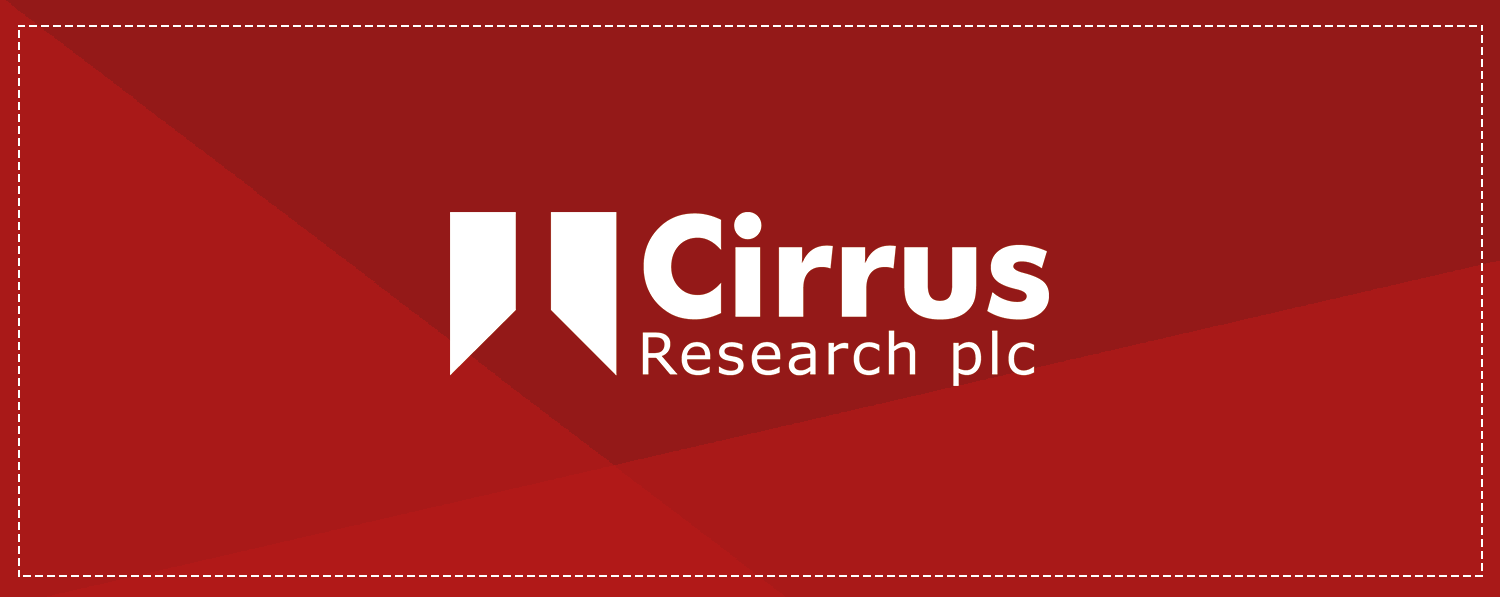The Control of Noise at Work Regulations 2005 require, that when you are measuring noise exposures, that you use a sound level meter or noise dosimeter that meets certain standards.
This is to ensure that the measurements are as accurate and repeatable as possible. This helps to reduce the uncertainties and potential sources of errors as much as possible.
Sound Level Meters
For the Noise at Work Regulations, your sound level meter must be able to measure, at least, LAeq,t and the Peak C-weighted Sound Pressure or LCPeak.
Additionally, it may be useful to measure the LCeq and the Leq in Octave Bands. This information may be used to calculate the effectiveness of hearing protection.
This requires a sound level meter that is capable of measuring integrated noise levels as well as peak sound pressure levels.
The Noise at Work Regulations state “Your sound level meter should meet at least Class 2 of BS EN 61672:2003 (the current instrumentation standard for sound level meters), or at least Type 2 of BS EN 60804:2001 (the former standard)”.
The Optimus sound level meter that we would recommend for Noise at Work measurements meets these requirements and is capable of measuring LAeq & LCeq at the same time if you are looking to use the HML method as well as 1:1 Octave Bands.
Acoustic Calibrators
It is essential that any noise measurement instrument is calibrated before it is used to ensure that your measurements are accurate.
An acoustic calibrator is used to check that your noise instrument is measuring accurately. Note that this does not remove the need to have your equipment calibrated regularly by the manufacturer or a suitably qualified laboratory.
The standard that is currently being used for Acoustic Calibrators is BS EN 60942:2003 which is also published as IEC 60942:2003. These has superseded BS EN 60942:1998 and IEC 60942:1997 respectively. The standard has two different levels for Acoustic Calibrators, Class 1 and Class 2.
The Noise at Work Regulations state “Your calibrator should meet at least Class 2 of BS EN 60942:2003”.
The Acoustic Calibrators supplied with the Class 2 Optimus sound level meters meet the requirements of this standard and therefore are compliant.
Noise Dosimeters
Noise Dosimeters are designed to meet a different standard from sound level meters. In the UK, a noise dosimeter that is designed to be used for the Noise at Work Regulations should meet BS EN 61252:1997 or the international standard IEC 61252:1993 (these are the same thing).
This standard has no Class or Level designations and so it is not correct to say that a noise dosimeter is Class 2 or Type unless it also meets the separate sound level meter standards. Always check that a noise dosimeter does meet BS EN 61252:1997 or IEC Â 61252:1993.
The Noise at Work Regulations state “Your dosimeter should meet the requirements of BS EN 61252:1993. Dosimeters have no type or class number”.
For example, the doseBadge meets the requirements of the BS EN and IEC versions of the standard and is marked at IEC 61252:1993.
Summary
- Your sound level meter should meet at least Class 2 of BS EN 61672:2003 (the current instrumentation standard for sound level meters), or at least Type 2 of BS EN 60804:2001 ( the former standard) – L108, pp 92. Appendix 1, 8
- Your dosimeter should meet the requirements of BS EN 61252:1993. Dosimeters have no type or class number – L108, pp 92. Appendix 1, Para. 16
- Your calibrator should meet at least Class 2 of BS EN 60942:2003 – L108, pp 93. Appendix 1, Para 19



